
The small landlocked county of Shropshire borders Wales to its west, Cheshire to the north, Staffordshire, Worcestershire, and Herefordshire. It is largely rural with a small population but a rich history.

February 23rd is the feast day of St. Milburga. Assuming you’re all well-versed on your saints, you may also know that this means it is Shropshire Day. Milburga (or Mildburh) was the abbess of Shropshire’s Wenlock Priory. According to legend, when a local prince announced that he would have her as his wife, by whatever means necessary, she fled across the river to the monastery at Wenlock. She would go on to become the Abbess and died on February 23rd, 715. Miracles attributed to her include the power to restore sight, and power over birds so that they did not damage the crops.
Notable Salopians or Shrops include naturalist Charles Darwin, “the hanging judge” aka Judge Jeffries, comedian Greg Davies, scholar Mary Beard, WWI poet Wilfred Owen, and novelist Barbara Pym.
Below we share a few options for what to eat and where to visit in Shropshire.
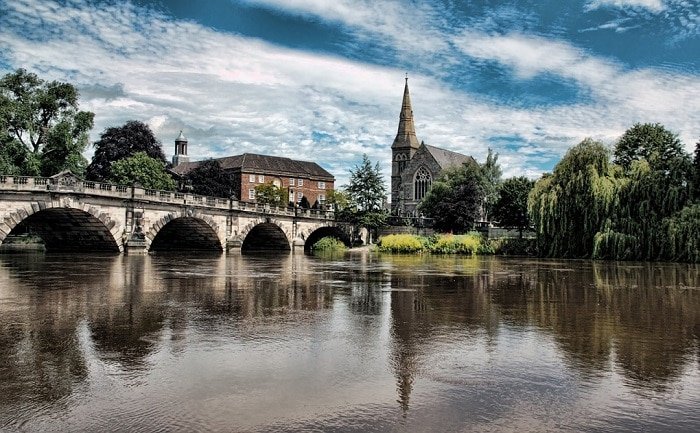
Shropshire Foods
Shropshire’s rich landscape makes it ideally suited to producing an abundance of good food. Local fruits, ales, cheeses, and baked goods… you’ll find them all here.
Fidget Pie: Unknown even to many residents of Shropshire, Fidget Pie has had something of a comeback in recent years, thanks largely to the Hairy Bikers. The pie features layers of ham, potato, and apple, and may also include cheese, cider, mustard, and/or cream. As for the name… some attribute it to the apparent historical five-sided shape of the pie. Or is it named for a local polecat? Who knows!
Shropshire Pudding: Probably born out of practicality and a desire not to waste food, this pudding uses stale bread, flavoured with nutmeg, brandy, and jam.


Simnel cake also has strong ties to Shrewsbury, as do Soul cakes, a medieval pastry filled with dried fruit and marked with a cross, eaten on All Saint’s Day. Finally, if you love good food (and who doesn’t?), the Ludlow Food Festival is a three-day celebration of area food producers with cooking demonstrations, classes, and lots of samples. It takes place every year in September.
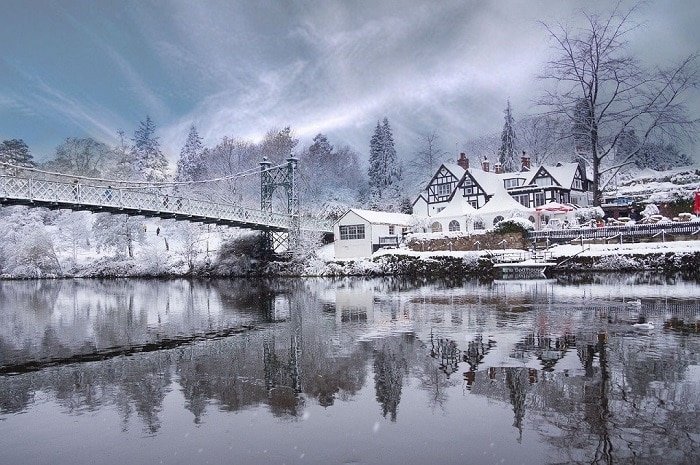
Shropshire Countryside
Shropshire’s rolling hills make it well-suited to all sorts of outdoor activities from walking to mountain biking. The Shropshire Hills AONB in the southern part of the county is popular for gliding, horseriding, walking, and bicyling.
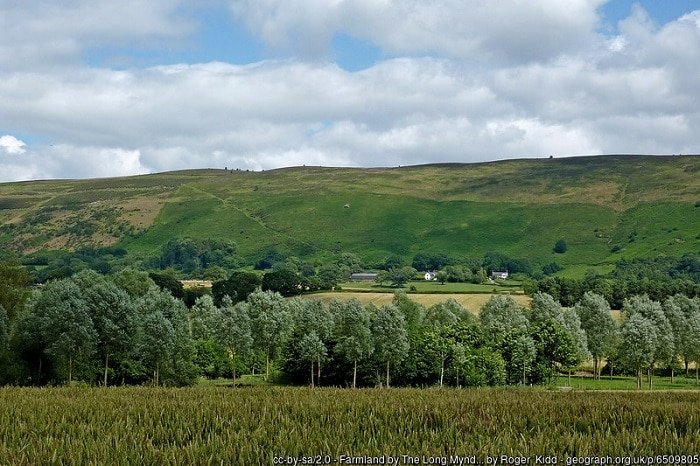
Shropshire has several long-distance walking routes to enjoy. The Shropshire Way is a 200-mile route that circles around the county, taking in the hills of the south as well as the historic market towns of the north. The shorter (93 miles) Jack Mytton Way is named for a local 19th century landowner and MP. The footpath and bridleway make it suited to walkers, cyclists, and riders alike. It starts in Cleobury Mortimer and splits off into a number of different routes. Alternatively, hop onto the Offa’s Dyke Path for a quick stroll or a longer hike to one of its end points.
If you’re a fan of castles, don’t be deceived by the county’s small size. Shropshire has 32 castles in all. Many dotted the border to protect against Welsh raids. Ludlow Castle is one of these. It started out as a Norman fortress and later became a fortified Royal palace. In 1461, it became property of the Crown when ownership passed to Richard Plantagenet, father of King Richard III. A little over 200 years later, it was abandoned and left to decay. Fortunately. new ownership by the Earl of Powis in 1811 was able to prevent further damage, and the castle is now open to all. The Earl of Powis still owns and maintains Ludlow.
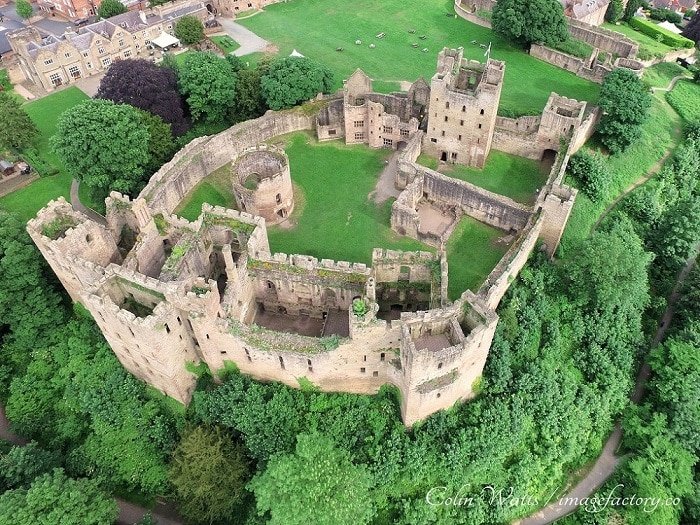
Ironbridge Gorge is often hailed as the birthplace of the Industrial Revolution. This segment of the Severn Valley is rich in ore and minerals, making it a key provider of the raw materials so vital to the development of industry in nearby Birmingham and throughout the West Midlands. Today, the gorge is a UNESCO World Heritage Site and visitors can explore what’s left of the mines, the foundries, and the workers’ houses. A heritage railway passes through the area.
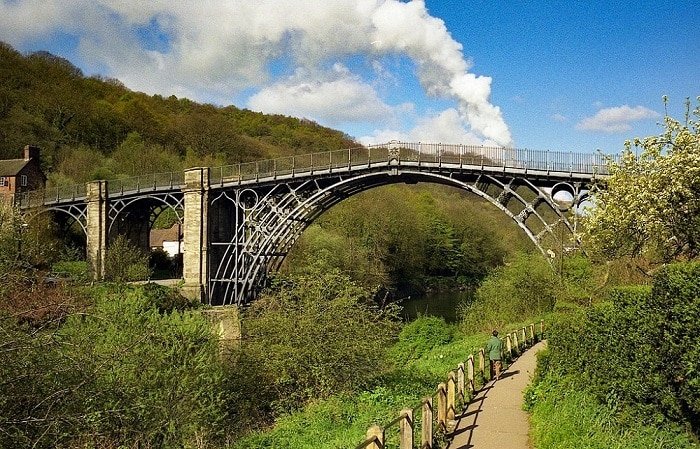



One thought on “County Spotlight: Shropshire”
Comments are closed.